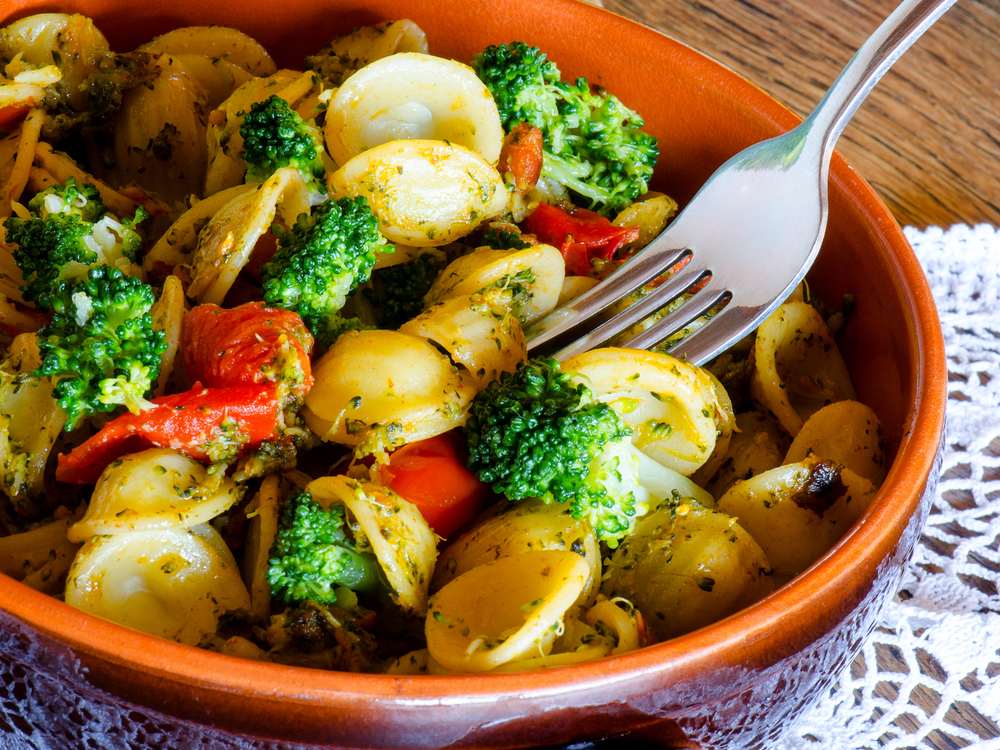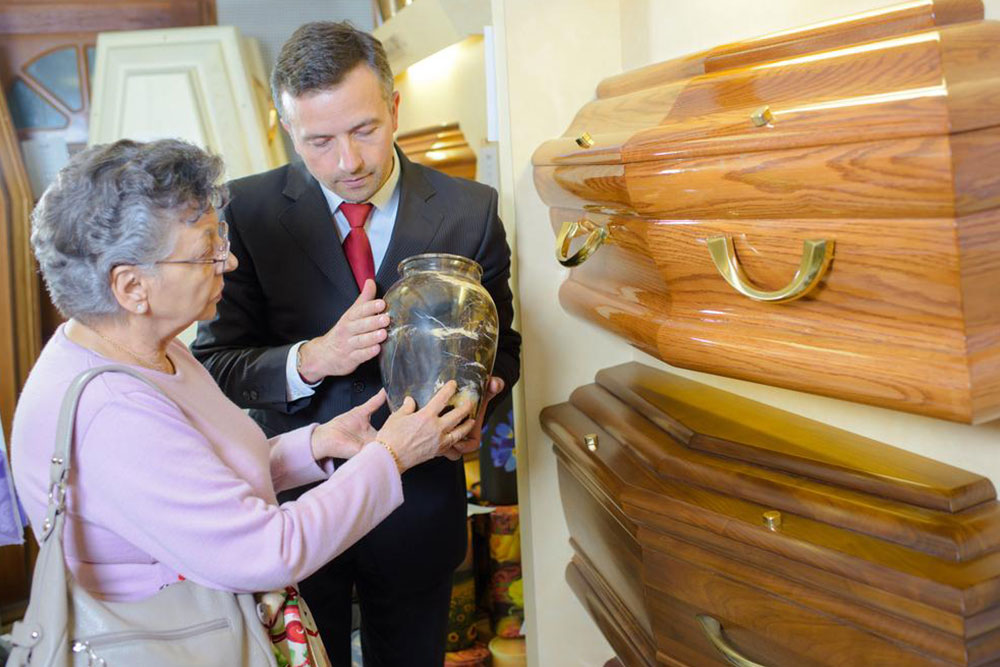Comprehensive Guide to Cremation Services Across Australia
This comprehensive guide explores cremation services across Australia, covering the process, legal requirements, provider selection, environmental impacts, and cultural considerations. It aims to inform families about respectful and sustainable options for final arrangements, helping them make compassionate choices during difficult times.

Comprehensive Guide to Cremation Services Across Australia
In Australia, when it comes to saying final goodbyes to loved ones, families are often faced with the choice between traditional burial and cremation. Over recent years, cremation has steadily gained popularity, emerging as a practical, cost-effective, and environmentally friendly alternative to conventional burial methods. This shift has been driven by changing cultural attitudes, religious considerations, and personal preferences. If you're contemplating cremation services in Australia, understanding the process, legal considerations, available options, and industry standards can help families make compassionate and informed decisions during difficult times.
Understanding the Process of Cremation:
Cremation involves the respectful incineration of a body at high temperatures, transforming organic tissue into bone fragments and ashes. These remains, often called "cremains," are then handled with dignity and placed in containers that families select based on personal or cultural preferences. With advancements in environmental practices, cremation now offers a more eco-conscious choice, emphasizing sustainability alongside tradition.
The Cremation Procedure in Australia:
1. Preparation Stage: Prior to cremation, certain legal and administrative steps are necessary. This includes acquiring a certified death certificate issued by medical professionals or authorities. Additionally, authorization forms must be completed and submitted to the funeral or cremation facility. The body is then prepared for cremation by placing it in an approved combustible container—commonly a casket, coffin, or similar container that meets regulatory standards.
2. The Cremation Process: The body is transported to an authorized crematorium, where it is subjected to intense heat, typically ranging between 760°C and 980°C. During this process, organic material combusts, leaving behind bone fragments and ashes. Modern cremation chambers are designed to ensure respectful handling and minimal environmental impact.
3. Handling and Disposition of Ashes: Once the cremation is complete and the remains have cooled, bone fragments are collected and processed into a fine, sand-like powder called ashes or cremains. These ashes are then placed into urns, keepsake urn jewelry, or other containers as chosen by the family. Many families opt to personalize the container or incorporate memorial symbols to honor their loved one’s memory.
Legal Regulations and Ethical Standards:
Australian cremation procedures are strictly governed by state laws to ensure ethical, environmental, and public health standards are upheld. Typical legal requirements include:
Certification: A licensed medical officer or coroner must verify the cause of death, especially in cases involving unforeseen circumstances or natural causes.
Registration: Official registration of the death, including issuance of a death certificate, is mandatory to process cremation legally.
Consent: The next of kin or legal representatives must provide written consent authorizing the cremation. This step safeguards the rights of family members and ensures respectful handling of remains.
Selecting a Credible Cremation Service Provider:
Choosing a reputable funeral home or crematorium is crucial for ensuring a respectful farewell. When evaluating providers, consider their reputation within the community, the range of services they offer—including memorial services, keepsakes, and online memorial options—and their transparency in pricing. Clear communication regarding costs associated with transportation, cremation, urns, and additional memorial offerings helps families plan better and avoid unexpected expenses.
Environmental Considerations:
Cremation is generally regarded as environmentally friendly compared to traditional burials, which require land use and ongoing maintenance. However, innovations continue to emerge aimed at reducing environmental footprints further. Techniques such as bio-cremation (also called alkaline hydrolysis), which uses water and alkaline solutions to process remains, are gaining acceptance for their minimal ecological impact. These advances align with Australia's commitment to sustainability and eco-conscious practices in funeral services.
Options for Final Disposition of Ashes:
Families have several meaningful options for the final resting place or remembrance of cremated remains:
Burial: Ashes can be interred in cemeteries, columbarium niches, or family plots, offering a permanent resting place for loved ones.
Scattering: Many choose to scatter ashes in significant locations such as gardens, oceans, lakes, or other sites meaningful to the deceased or the family. Scattering can be done openly or within designated memorial areas.
Keepsake and Memorial Items: Ashes can be incorporated into jewelry, sculptures, or keepsake objects—allowing family members to carry a symbolic connection to their loved one.
Cultural and Religious Variations in Cremation Practices:
Australia’s diverse population encompasses various cultural, religious, and spiritual beliefs that influence cremation practices. For example, Hindu communities view cremation as an essential ritual for the soul’s liberation, while Christian denominations traditionally preferred burial but are increasingly adopting cremation options due to changing perspectives and environmental concerns. Understanding these nuances helps families honor their traditions while adapting to modern options.
Throughout Australia, cremation services are designed to offer respectful, flexible, and meaningful ways for families to honor their loved ones. By understanding the legal framework, choosing reputable providers, and handling remains thoughtfully, families can find comfort during grief and ensure a dignified farewell for those they cherish.





